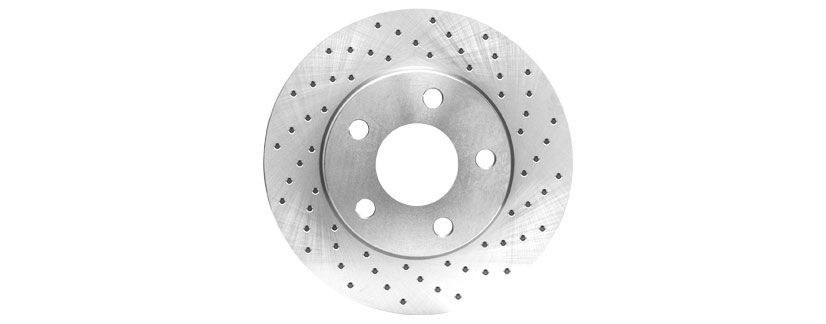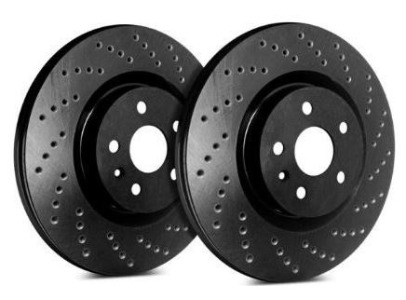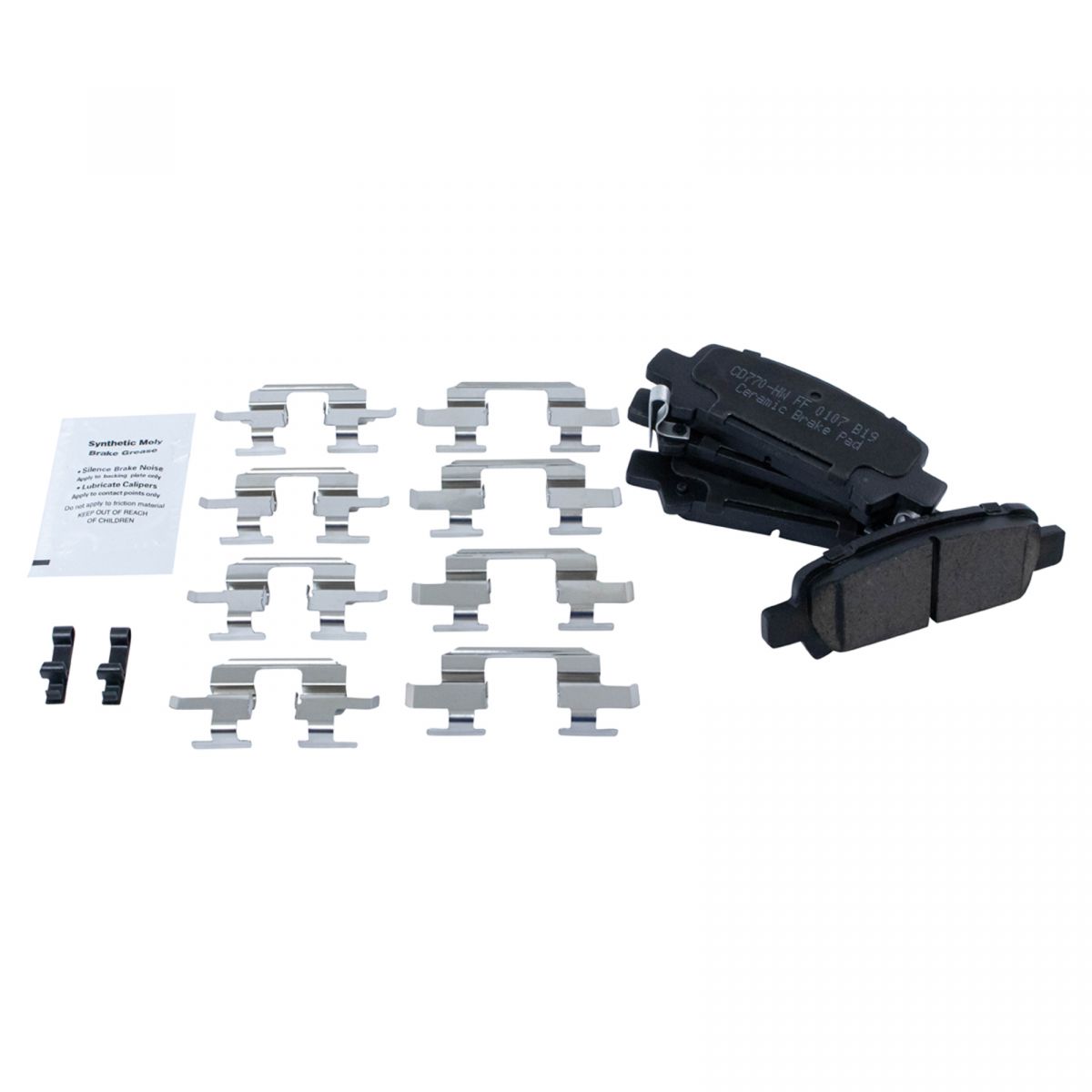Best Brake Pads For Slotted And Drilled Rotors
- Slotted Rotors And Pad Kits
- Cross Drilled Slotted Brake Rotors
- Best Brake Pads For Slotted And Drilled Rotors Ford
- Best Brake Pads For Drilled Slotted Rotors
- Do You Need Special Brake Pads For Drilled And Slotted Rotors
Evolution Drilled, Slotted, & Zinc Plated Rotors are the most popular performance upgrade rotors PowerStop offers. The rounded slots sweep away gas and debris to provide smooth, safe braking while beveled drill holes keep those brake temperatures down when you need it most. Power Stop K6407-36 Rear Z36 Truck & Tow Brake Kit, Carbon Fiber Ceramic Brake Pads and Drilled/Slotted Brake Rotors 4.8 out of 5 stars 76 $274.49 $ 274. 49 $435.82 $435.82. Premium Dimpled and Slotted Brake Rotor Kit. The Brake Performance Dimpled and Slotted Brake Kit is engineered to give incredible stopping power over factory rotors while reducing heat, noise, pad fade and brake dust. All slots on our rotors are curved and strategically machined off the edge of the rotor to dramatically improve braking performance up to 30% over factory stock brake rotors. When replacing your brake rotors, you may opt to upgrade to drilled, slotted, or vented rotors. Which brake rotor is best? What brake rotors will perform bet. Smooth rotors are recommended for most vehicles that are not used for extreme or repetitive braking. BRAKE PAD GRIP IS STRONGER. SLOTTED and DRILLED rotors have a slight advantage over smooth rotors when it comes to the grip of the pads when you apply the brakes and you will notice this in the initial phase of braking when you press the brake.
Break-In is critical for optimal performance
The break-in procedure is critical to brake performance. The reason for a proper break-in is to establish an even layer of friction material deposited on the rotors from the brake pads. It is very important that this initial layer of friction material is evenly distributed.
Break in your PowerStop Brakes as follows:
- 1
Complete 5 moderate to aggressive stops from 40 mph down to 10 mph in rapid succession without letting the brakes cool and do not come to a complete stop. If you're forced to stop, complete the stop and either shift the vehicle into park or give room in front so you can allow the vehicle to roll slightly while waiting for the track light. The rotors will be very hot and holding down the brake pedal will force the brake pad to contact the rotor and possibly create an imprint on the rotor. This imprint may contribute to the creation of brake judder.
Continue the break in by completing 5 moderate stops from 35 mph to 5 mph in rapid succession without letting the brakes cool. You should expect to smell some resin as the brakes get hot. After this is complete, continue to drive the vehicle for as long as possible without heating the brakes excessively and without coming to a complete stop (Try for about 5 minutes at moderate speed). This is the cooling stage.
Once this is completed and the brakes have cooled to standard operating temperature, you may use the brakes normally. Never cool your brakes with water, as this can damage them.

So, your vehicle is due for a brake pad and rotor replacement.
The question is, how do you know which style of brake rotor is right for your vehicle and driving style?
Do you just commute to and from work, or are you planning on towing heavy loads or doing the occasional track day?
The amount of different rotor options out there can leave your head ‘spinning’ (because the rotors spin, geddit?).
Solid rotor
The first option is the solid brake rotor.
This is a simple design and, as the name suggests, is a solid design usually made from iron.
These are the cheapest rotors you can buy but are less effective at dissipating the heat caused from multiple hard stops, so are only suitable for the inner city runaround.
Solid rotors are fitted to the rear of some vehicles as the rear brakes only account for roughly 30% of the combined braking effort.
Vented rotor
The next, and most common form of brake rotor, is the vented rotor.

These are a similar design to the solid rotor, apart from they have cooling veins located between the two surfaces.
When brake pads are pushed during multiple hard stops, they release gases which prevent proper contact with the disc rotor.
This is the main culprit of the phenomenon known as ‘brake fade '.
Slotted Rotors And Pad Kits
The veins in vented rotors allow the hot gases to dissipate, increasing the service life of the rotors and brake pads.


Most modern cars will have these rotors on the front of the vehicle with solid rotors on the rear, and this will work perfectly fine for your daily commute and even towing smaller loads (a box trailer, jetski etc) where there is additional weight to bring to a stop.
Cross Drilled Slotted Brake Rotors
Drilled rotor
The next step up from the vented rotor is the drilled rotor.
Drilled rotors are designed to dissipate the gases created by constant hard stops using a number of small holes drilled into the faces of vented rotors.
While this is good to reduce brake fade, drilled rotors can be structurally compromised due to the weakening of the faces.
If you’re only driving on the street and towing infrequently this isn’t a problem, but if you are tracking your car and pushing the brakes as hard as they can go, it might be worth moving onto the next style of rotors.
Slotted/grooved rotor
These are known as slotted or grooved rotors.

Again, these are based on vented rotors but instead of drilling holes, diagonal slots are machined into the faces.
These slots, or grooves, do not go the whole way through the rotor, so they do not affect the structural integrity like drilling does.
They provide the same function of removing the gases produced under hard braking, and the slots also ‘clean’ the face of the pad, removing any built-up brake dust.
The downside to these style of rotors is the increased pad wear. The edges of the slots increase friction, which in turn increases the wear on the brake pads.
So which rotors are right for your vehicle and driving style?
Best Brake Pads For Slotted And Drilled Rotors Ford
For 90% of the population, and depending on what your vehicle was fitted with from factory, standard vented and solid rotors will be more than up to the task of what you can throw at them.
If you're planning on towing frequently, live in a mountainous area where your brakes build up heat on the descent, or like to take your pride and joy to the track and pretend you’re a world class racing driver, it may be worth upgrading your rotors to a drilled or slotted set.
Best Brake Pads For Drilled Slotted Rotors
It might also be worth looking at different brake pad material to ensure your brakes bring you to a halt consistently and safely, time after time.
Finding a passion for cars from a young age, Joel carried out work experience as a mechanic whilst at school before starting an apprenticeship after finishing year 12.
Do You Need Special Brake Pads For Drilled And Slotted Rotors
After almost 10 years on the tools and in customer service, he moved into the IT realm as a Data Analyst and In-House mechanic at AutoGuru.